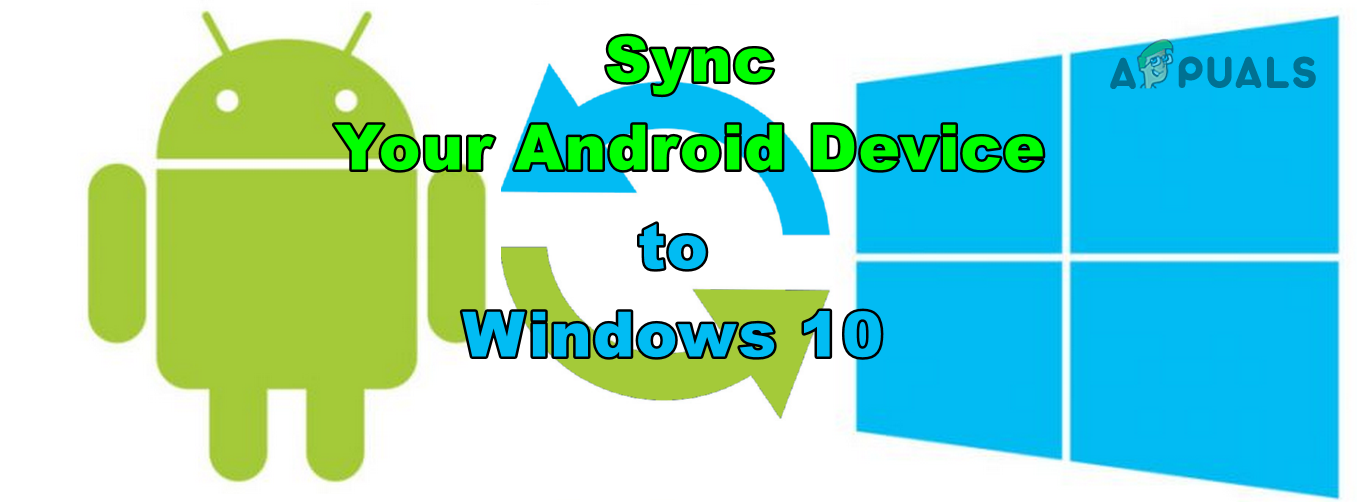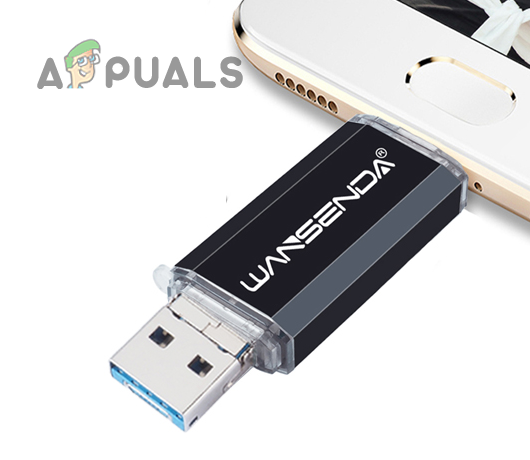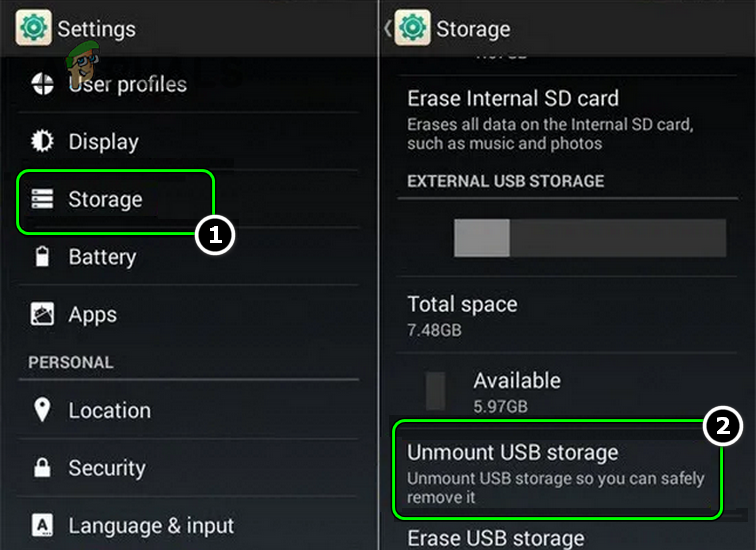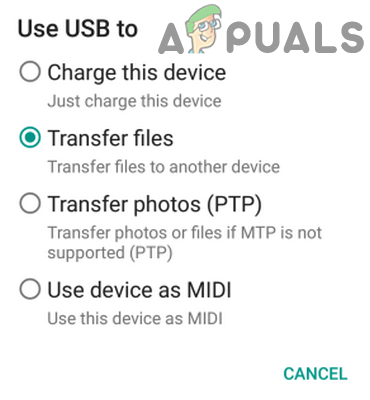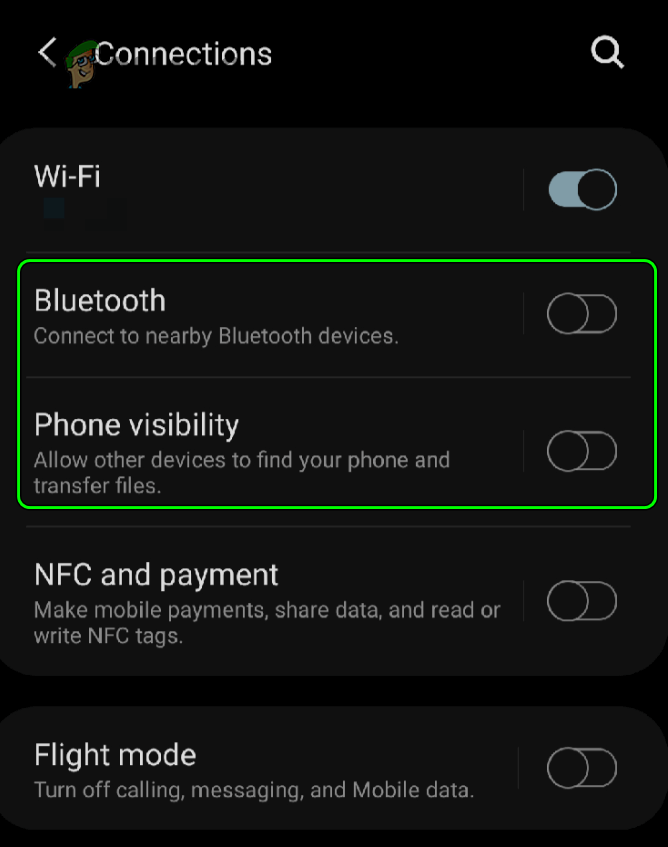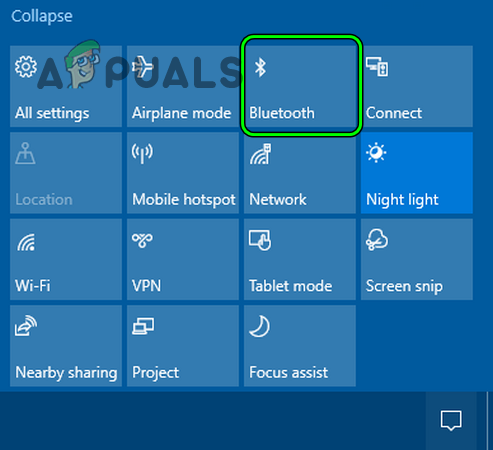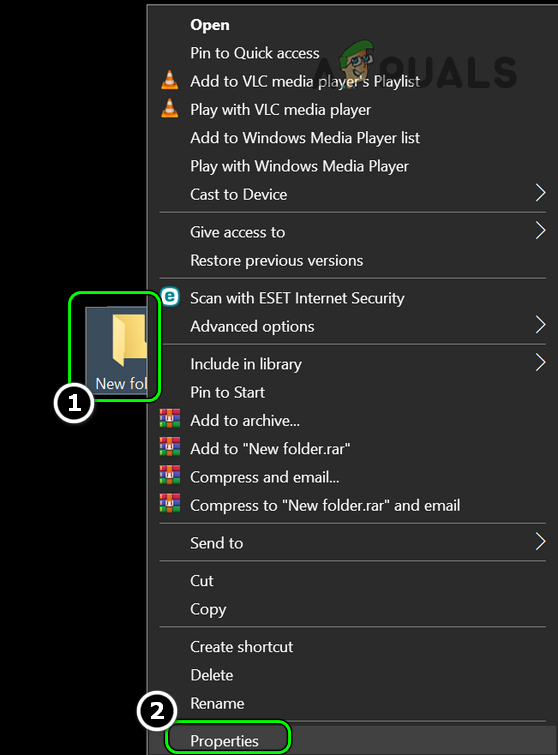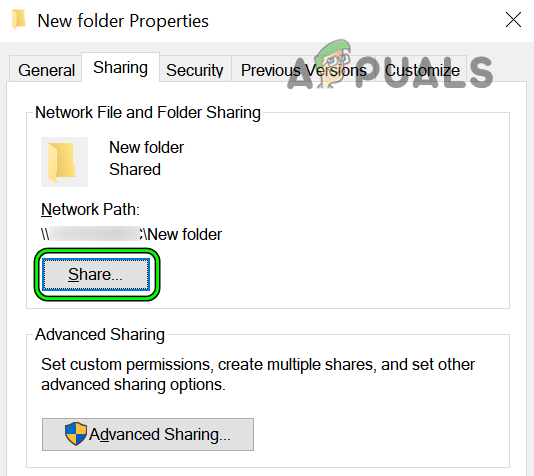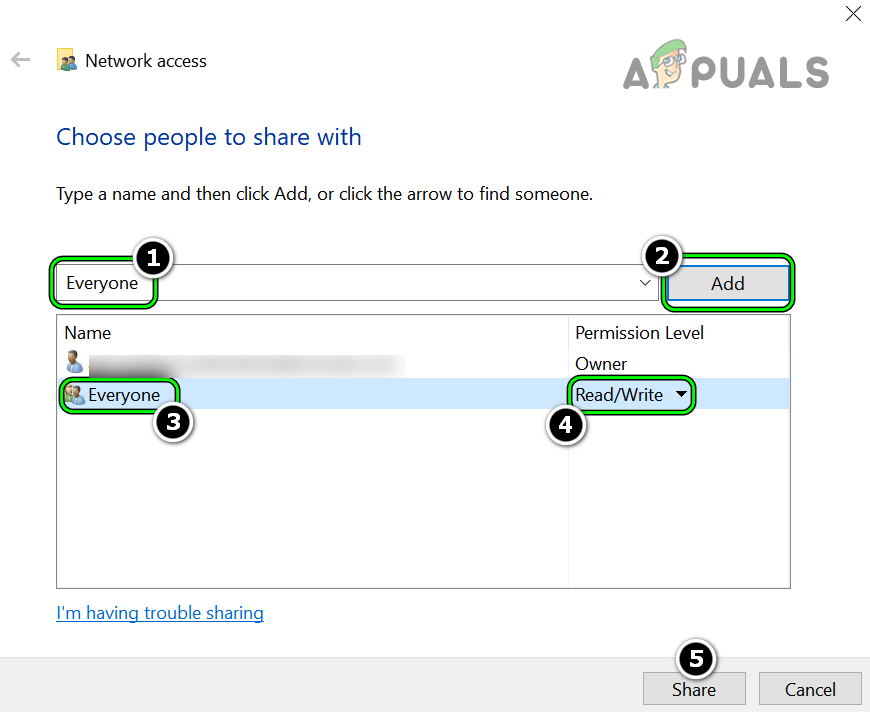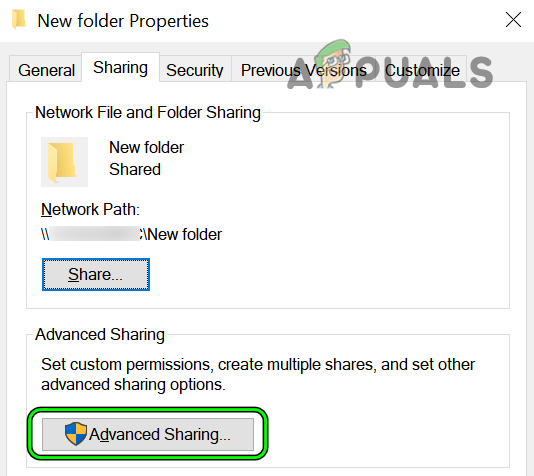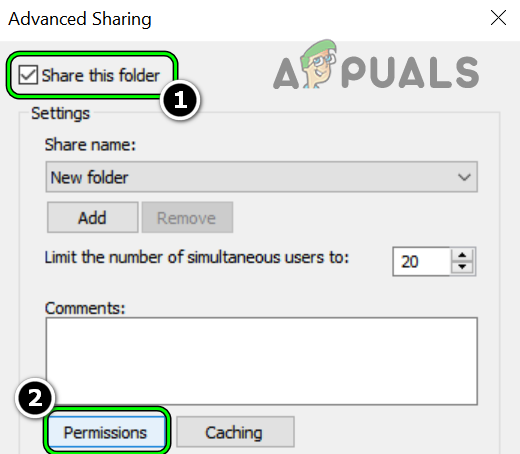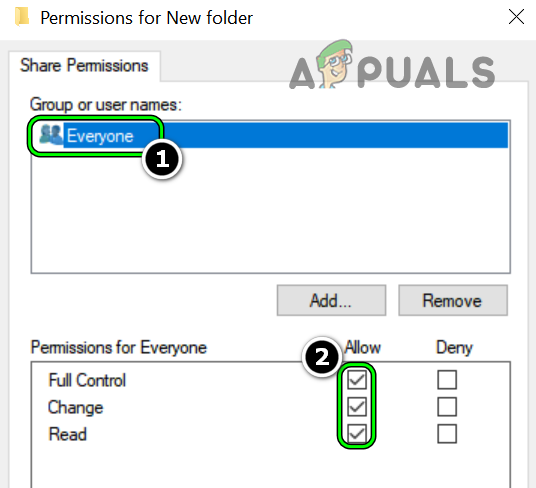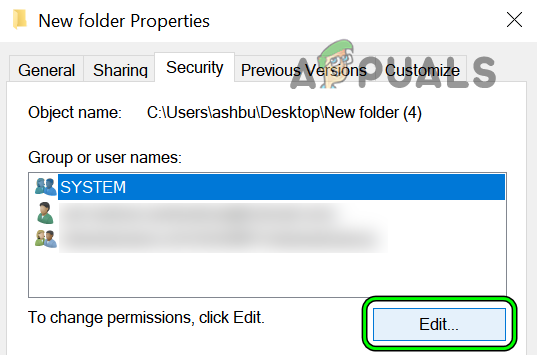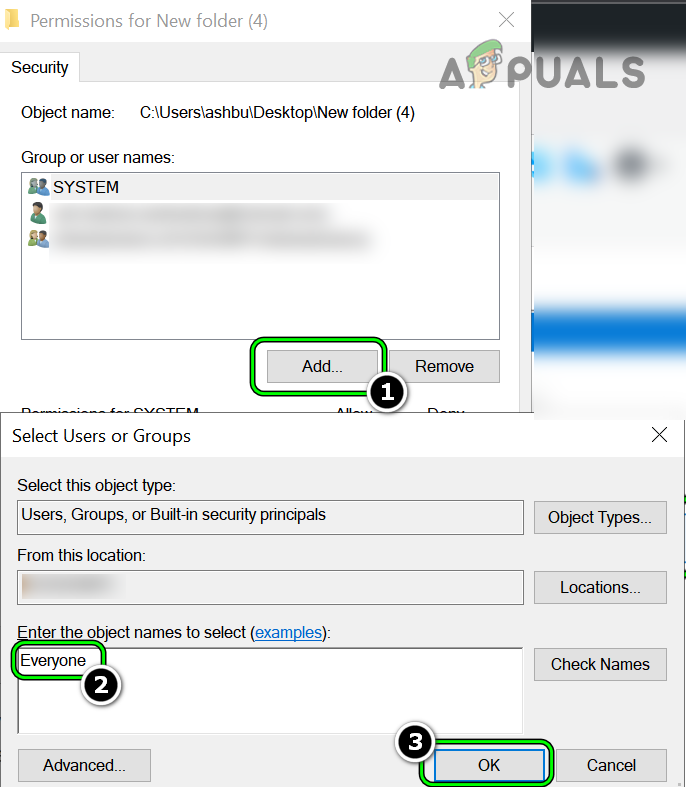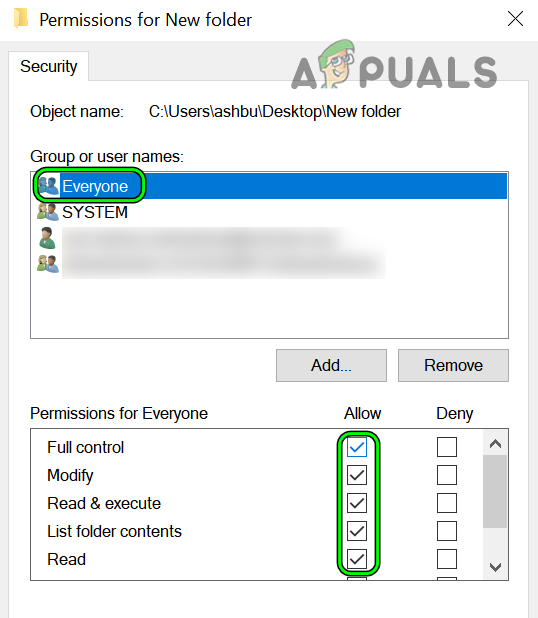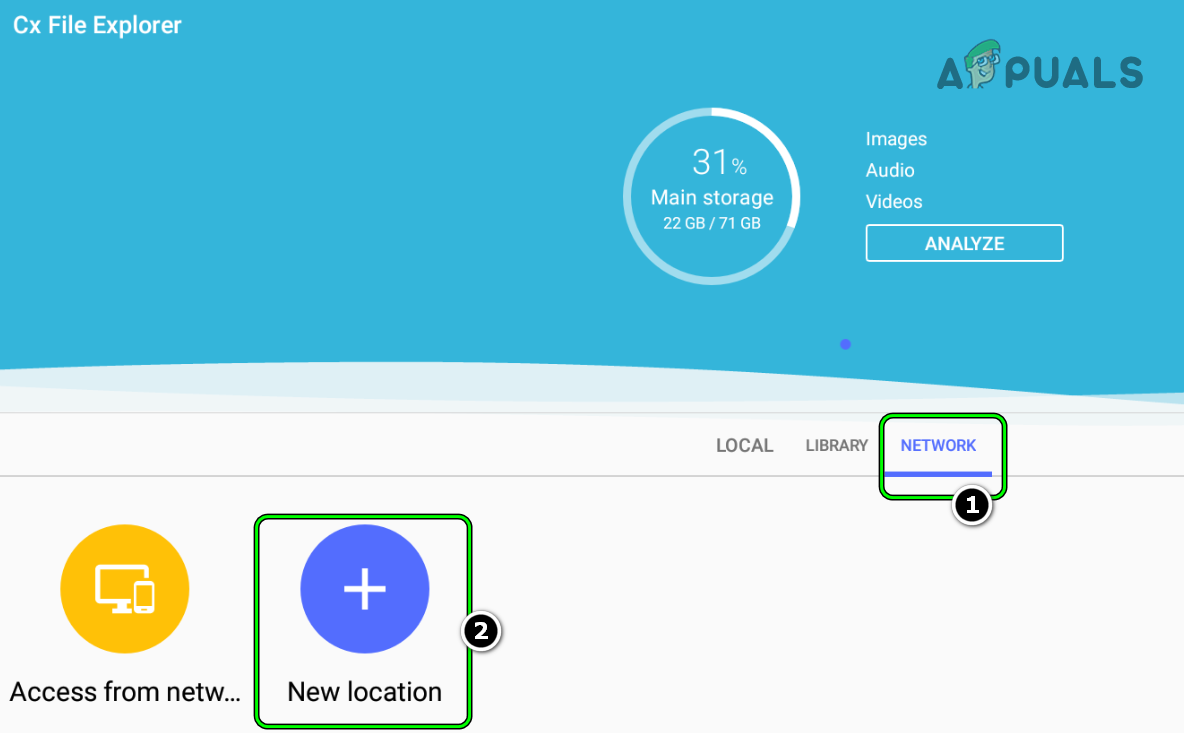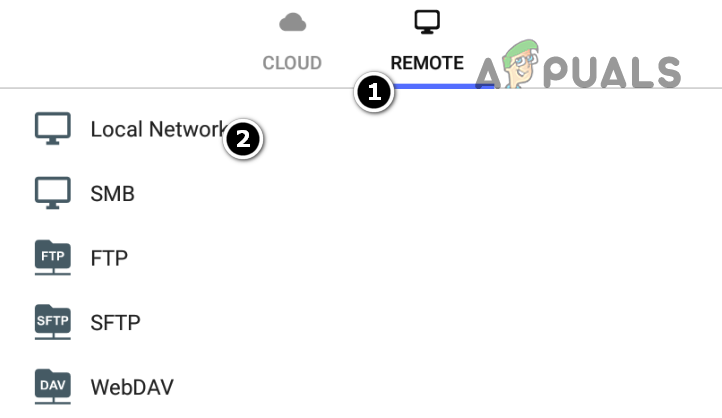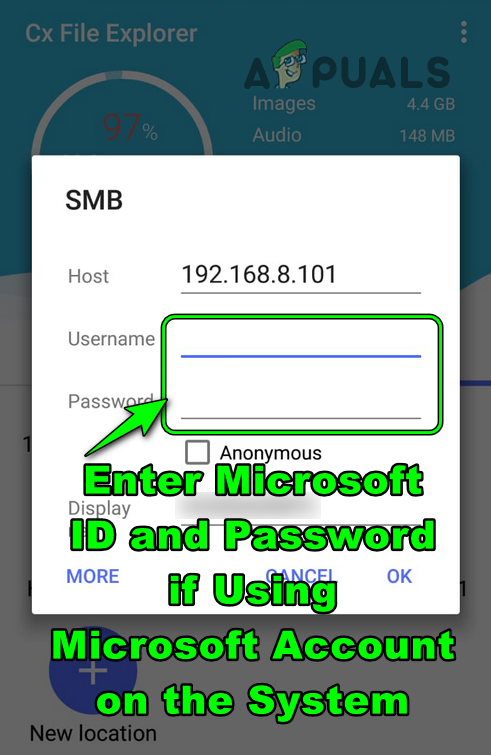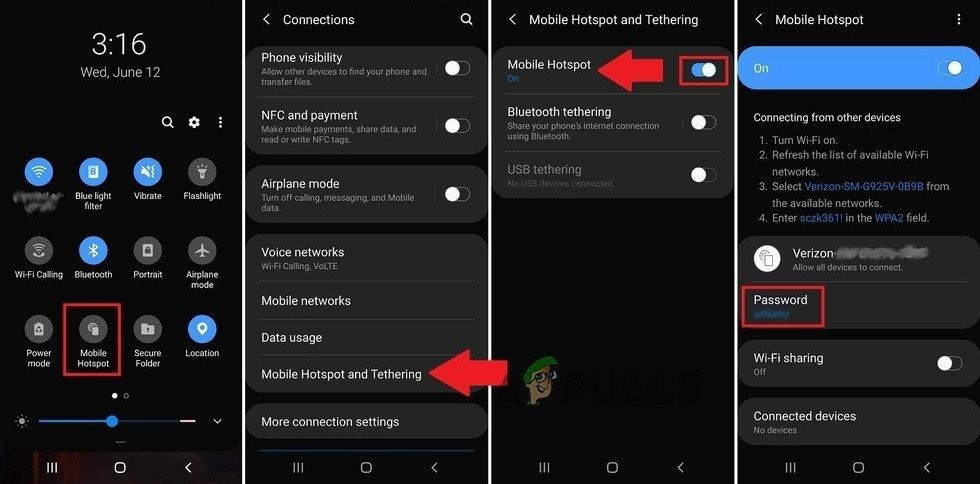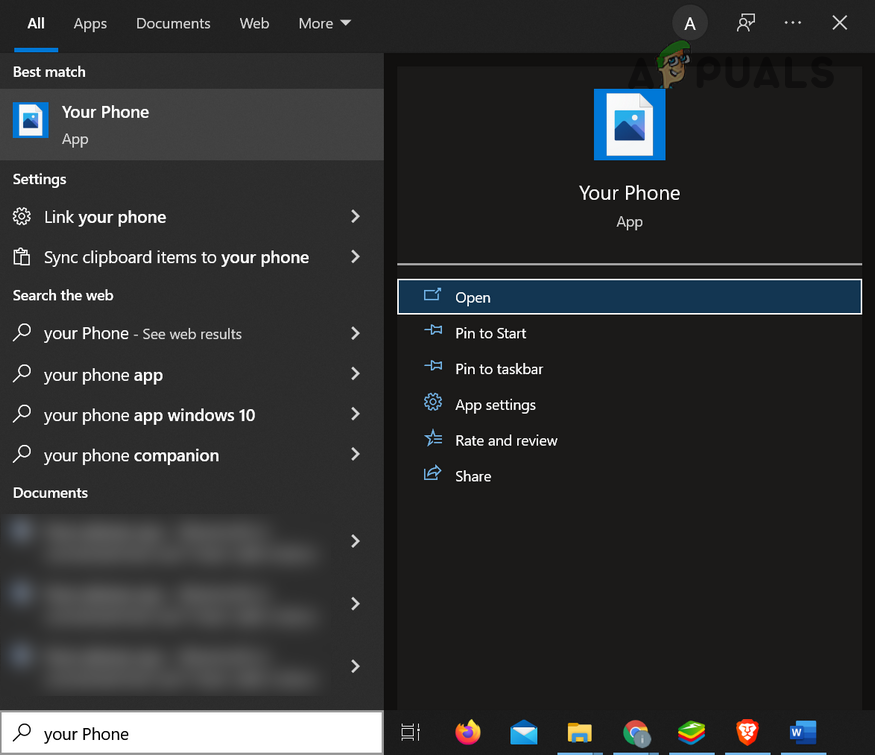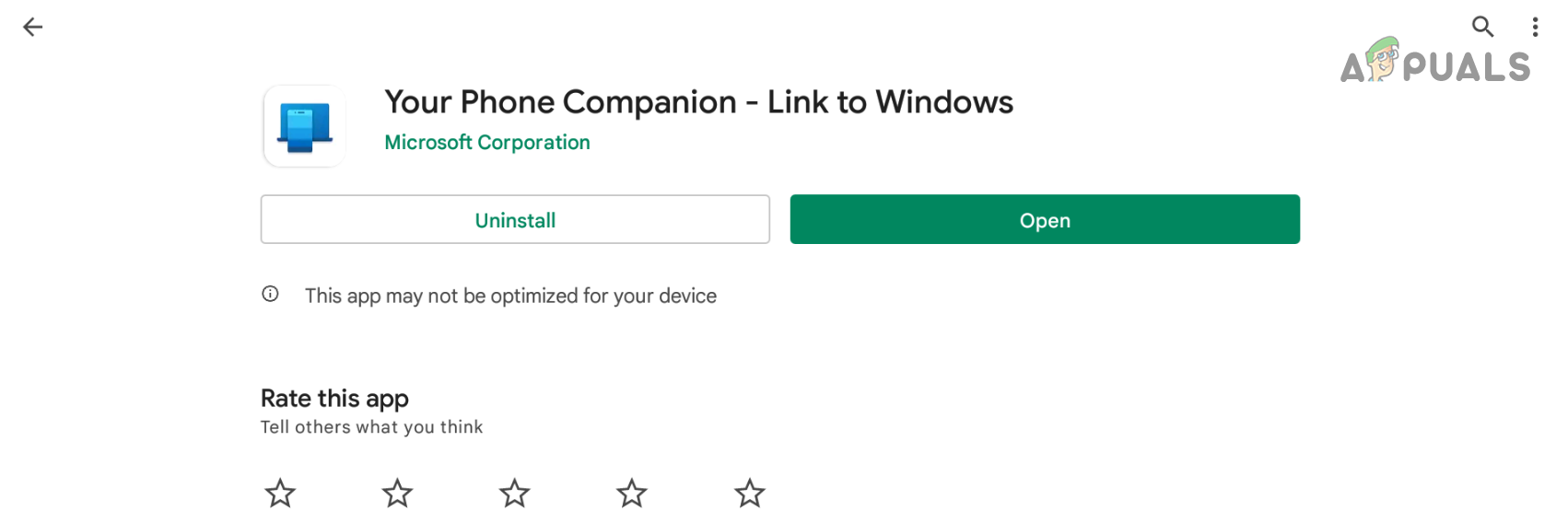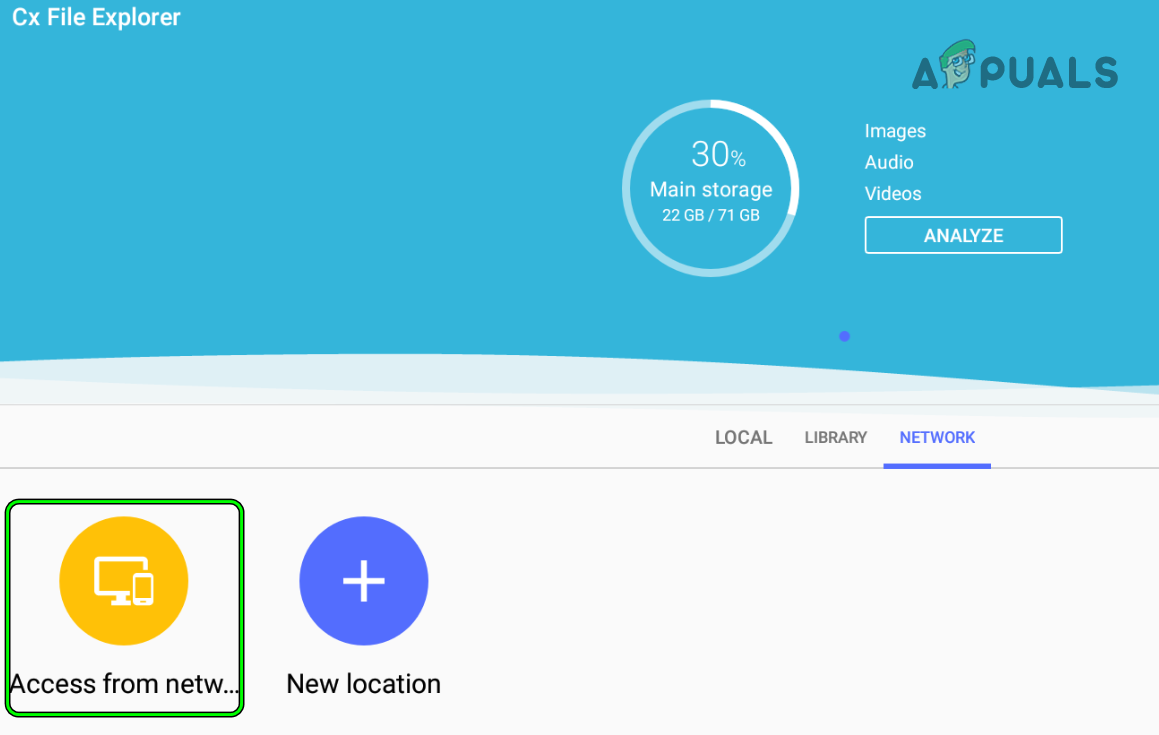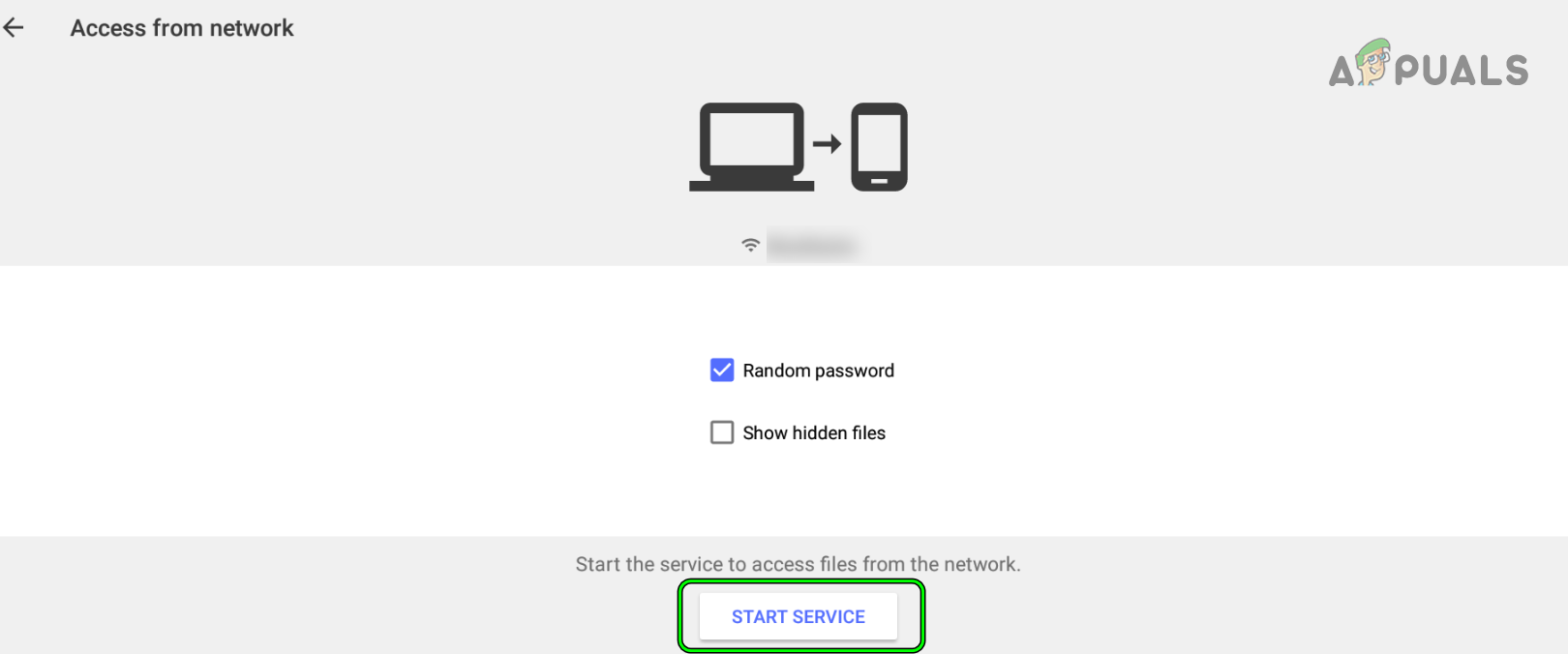For some a shared clipboard is essential, even some may want to receive calls on the phone through their systems, so, a case-to-case scenario is that will determine the best option for a user to follow. Every OEM (Google, Microsoft, etc.) is putting efforts to natively support cross-device compatibility in their OS. So, the options can be categorized as:
Use an OTG Adapter or a USB With OTG
For a common user who just has to sync some files between the PC and his Android phone, the best bet would be to use an OTG adapter with a USB storage device or use a Dual Drive Storage USB that supports OTG.
Use a USB Connection
Although, using an OTG is a good short-term solution, having personal or corporate data on a USB device is generally a not good idea as the lost USB can put the data in jeopardy. Here, using a compatible USB cable to connect the Android phone to a Windows PC would be a better option. Keep in mind that some users may have to install the Android phone’s drivers from the OEM (or Google) website. In the case of an Ancient Android device of a non-famous brand, a user may have to power off the device to give the system read/write access to the device’s memory.
Use the Bluetooth Protocol
If the system supports a Bluetooth protocol or a Bluetooth USB dongle is inserted into the system, then using a Bluetooth connection is a better option than the USB connection cable as finding a cable every time a file transfer is required can be fuzzy at times. At the time of this writing, Google is planning to extend Android’s Nearby Share to Windows as well, so keep an eye on it as well.
Use the Android ADB
The Android ADB is the command-line tool to manage and execute code on an Android device. For larger files (like 30 GB of data), the MTP protocol of the USB connection or Bluetooth may take a longer time with interruptions and the user may have to reinitiate the sync process again and again. In such a case, using the Android ADB (suitable for computer geeks) to copy these files is a good option. Keep in mind that whenever, the Android device restarts, a user may have to physically connect the device again to the system with a USB cable to re-initiate the ADB Wireless.
Use the Wi-Fi Sync
In this modern era, using a USB connection or Bluetooth looks a bit old-fashioned and time taking for many users. Here, using a Wi-Fi or wireless sync is a good choice.
Share the Folder on the PC
Install a File Explorer Application on the Android Phone and Use it to Access the Windows Share
Keep in mind that whenever the PC or router restarts, then you may have to re-add the share in the File Explorer app as the PC’s IP is switched. In this case, a user may set a static IP to its PC or one by one add the shared host every time the PC starts. Soon, all the IPs used by the computer will be added to the File Explorer ap e.g., your Wi-Fi is used by 5 devices, then whenever you add the share of a new host, time will come when all the 5 IPs of the PC will be added to the File Explorer app and afterward, you may simply tap on each one to check on which IP the share is available.
Use the Phone or System’s Hotspot
If there is no Wi-Fi network available, then a user may use the phone or system’s hotspot to access the Windows shared folder (as discussed above). If the PC only supports LAN connection, then you may use an app (as discussed later) to sync the Android device to a Windows 10 PC.
Use Apps
Till now, our effort was to use the OS native approach to sync the data between Android and Windows but for many users, it may be too techy, time taking, or not an ideal one. For these users, there are plenty of applications that can sync the data between Android and Windows, especially, the users who are interested in auto-syncing of a folder’s contents. These applications can be categorized as:
Microsoft Apps
To enhance the cross-device compatibility of Windows, Microsoft has released many applications. These applications can sync different types of data between Windows and Android devices.
Your Phone App
The first and the most famous app for syncing an Android device to Windows 10 PC is Microsoft’s Your Phone App. It supports the sync of notifications (from apps), Messages, calls, pictures, continue on PC, Apps mirroring (on selected Samsung phones), etc. from an Android phone to PC. Then you can sync Your Phone App to sync data between the Android device and PC. Keep in mind Your Phone App can support multiple Android devices at once.
Photos Companion
To wirelessly sync photos and videos between the Android phone and Windows PC, the Microsoft Photos Companion is the best candidate.
Cortana
If a user wants to sync reminders from his Android phone, then Cortana is a great option. A user may enable Cortana Cross-Device to sync notifications of missed calls, messages, etc.
OneNote
OneNote is a perfect choice to sync notes between an Android phone and a Windows system.
Outlook
A user may use Outlook to sync calendar events between Android and a Windows PC.
Microsoft Launcher
If a user wants to sync Windows Timeline with his Android phone, then the Microsoft Launcher is the answer to this requirement. If you are already using the Microsoft Office app (like Word) on an Android phone, then using Microsoft Launcher can make syncing seamlessly as a user can launch a file from Android to his PC.
Office Lens
If a user wants to sync his scans from an Android device, then using the Office lens can make it possible.
Edge
If a user wants to resume his browser session from an Android device, then using Edge makes it possible without any hassle. Although, all other major browsers now offer the same functionality.
Microsoft Solitaire Collection
A user can play Microsoft Solitaire Collection in sync on Android and Windows. There are plenty of other Microsoft apps (like Microsoft To-Do) that you can explore on the Play Store or Microsoft’s website.
Use an OEM App
Many OEMs have released applications that a user may use to sync data between the Windows PC and Android device. These applications include Samsung SideSync, Huawei Share or Huawei HiSuite, Mi PC Suite, etc. You may find the OEM app more than enough to sync the data between the PC and Android.
Use the Cloud Services
If an automatic syncing of data is required, then using a cloud service is a good option. As the Windows PC is involved, then the first natural choice should be OneDrive. You can also search for other cloud storage applications.
3rd Party Apps
There is no shortage in the 3rd party apps that a user can use the sync data between the Android device and a Windows PC. These apps can be categorized as:
Chat/Email Apps
You can send the files between the Android phone and PC through chat apps like WhatsApp (or WhatsApp Web), Skype, etc., or send an email to an email address that can be accessed through the PC.
Remote Control Apps
Many remote-control apps (like TeamViewer) give users the option to send files between the devices.
Mirroring Apps
There is a bulk of mirroring apps (like AirMirror or AirDroid) that a user may use to transfer the files between the devices. You may also explore other apps in the category like Push Bullet or Join.
File Explorers or File Managers with FTP Server
Many of the popular File Manager apps (CX File Explorer, Total Commander, MyPhoneExplorer, Solidexplorer, etc.) can be used to access the files from the Windows share but these apps also have a built-in (or plugins) FTP server. With this feature, an Android phone can be converted into an FTP server, which can be then accessed from a browser (or the Windows File Explorer). For illustration, we will discuss the process for CX File Explorer: Keep in mind that Windows File Explorer is a preferred option to access the FTP server, just simply copy the FTP address in the address bar of the File Explorer and hit Enter, if asked, enter the credentials and you can easily manage Android files/folders from the Windows File Explorer.
Sharing Apps
There are many popular sharing apps that a user can use to transfer data between a Windows machine and an Android phone. Following are a few famous apps in this category:
Automatic Syncing Apps
If a user wants to automatically sync particular folders between the Android device and Windows PC (using the local Wi-Fi sync or the Internet), then using automatic syncing applications may solve the problem. Here is a list of some of the popular syncing applications:
Android Emulators
A user may use an Android emulator (like Bluestacks) to transfer files from the Android to the emulator (by using an app like Google Files) and then copy the files from the emulator to the PC or vice versa.
Local Servers on a Windows PC
If none of the above meet your requirements, then setting up a local server on a Windows PC may fulfill the requirements. The following are a few examples of the applications to do so: In the end, please do not forget to leave us a comment on how it worked for you? Also, do mention any method that we forgot to cover.
How to Setup a VPN Easily on your Android DeviceHow to Subnet Your Network EasilySteps to Change Your Name and Username on Twitch EasilyHow to Crop or Resize your PDF Pages Easily?
